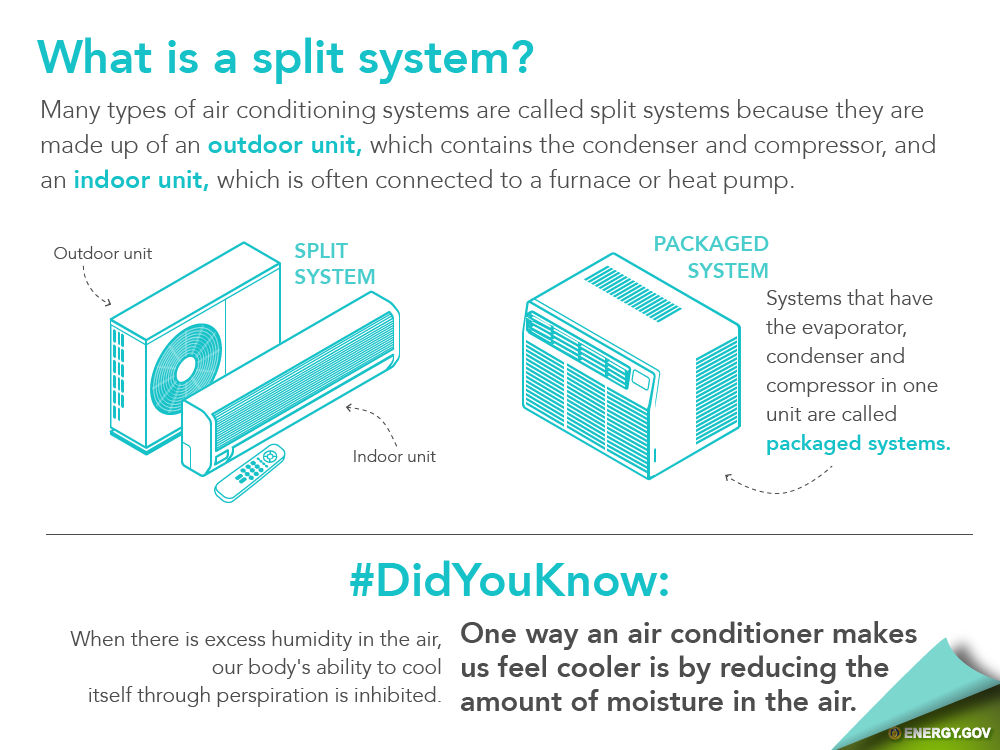Thorough Overview To Getting Your Home Ready For Heat Pump Installation
Thorough Overview To Getting Your Home Ready For Heat Pump Installation
Blog Article
Material Written By-Figueroa Bartlett
Prior to the heatpump installment begins, you need to guarantee your home is ready for the process. Clearing the area, evaluating the electric configuration, and guaranteeing correct air flow are essential actions to take. By complying with these initial prep work, you set the stage for an effective setup. But what about the finer details that can make a substantial difference in the effectiveness and longevity of your heatpump system? Allow's discover the subtleties that can raise your home's preparedness for this necessary upgrade.
Cleaning the Installation Location
Prior to the heatpump installment can begin, it's vital to clear the designated area thoroughly. Beginning by removing any type of debris, clutter, or challenges that might hinder the installation process. This consists of furniture, designs, and any other products that could hinder. Make certain the path to the setup site is clear for the installers to move equipment and products easily.
Next, ensure that the location around the marked installation spot is tidy and free of any kind of dirt, dust, or other materials that can impact the heat pump's efficiency. Move or vacuum cleaner the area to produce a tidy office for the setup team.
Additionally, consider giving simple access to the installment area by removing a course from the entryway of your home to the installment place.
Assessing Electrical System
Examining the electric system is an important step prior to waging the heat pump installment. Begin by checking if your home's electric panel can support the added load a heat pump will call for. Make sure there suffice readily available circuits to suit the heatpump and that they satisfy the producer's specs. It is essential to have a dedicated circuit for the heat pump to stop overloading and prospective threats. If your electrical system needs updating, speak to a professional electrical contractor to make the required modifications.
Evaluate the electrical wiring in your house to ensure it's up to code and can handle the demands of the new heatpump. Watch out for any frayed cables, loose connections, or indicators of wear that may pose a safety and security threat. Verify that and air conditioning near the installment area are grounded and in good condition. If any type of problems are identified, have them addressed promptly by a qualified electrical contractor.
Correct analysis and maintenance of your electric system will certainly ensure a risk-free and reliable heatpump installment process.
Ensuring Appropriate Air Flow
To make sure a successful heat pump installation, it's important to concentrate on correct ventilation in your home. Appropriate air flow assists the heat pump run effectively and prevents air top quality problems.
Before installment, check that all vents and duct are clean and unblocked. Clearing https://www.valleycentral.com/news/local-news/expert-provides-air-condition-tips-for-hot-summer/ makes sure that air can move openly, maximizing the performance of your new heatpump system.
Additionally, consider the placement of the heatpump unit itself. It needs to have enough area around it to allow for correct airflow. Proper ventilation not just boosts the heatpump's efficiency however likewise aids maintain a healthy and balanced interior setting.
If needed, talk to a specialist to assess your home's ventilation needs and make any necessary modifications. By ensuring appropriate ventilation, you're setting the stage for a seamless heatpump installment procedure and optimal efficiency of your brand-new system.
Conclusion
Since you have removed the installation location, assessed the electric system, and made certain proper ventilation, your home awaits a smooth heatpump installation. By taking these actions, you have established the stage for an efficient and successful procedure. Delight in the advantages of a new heat pump system in your home, understanding that you have prepared your space for optimum efficiency.
